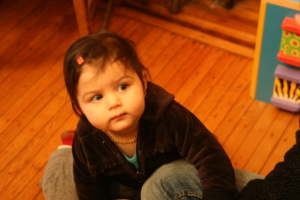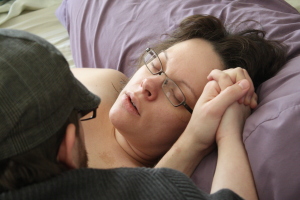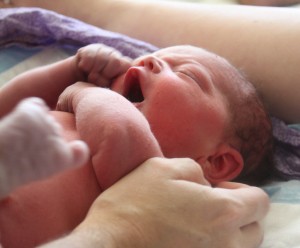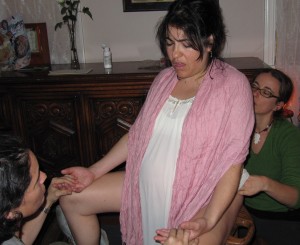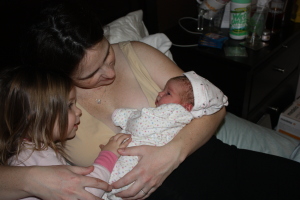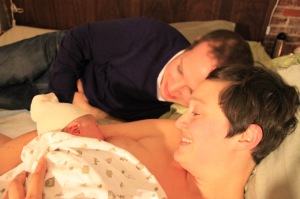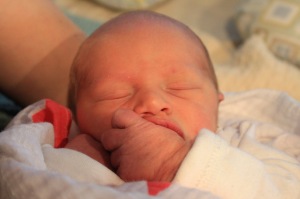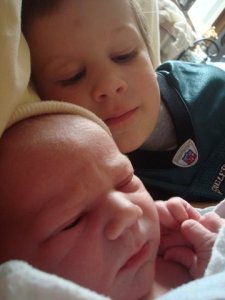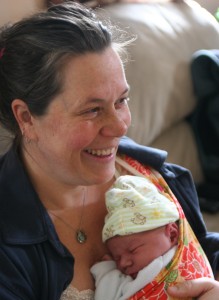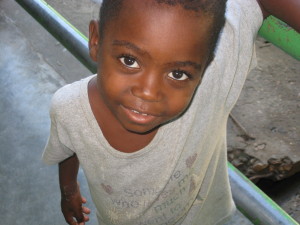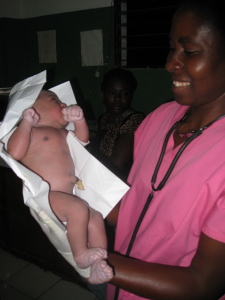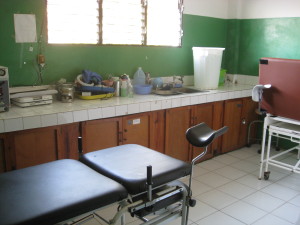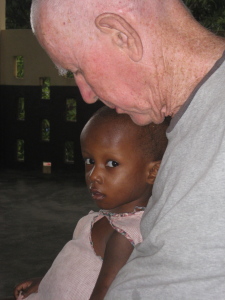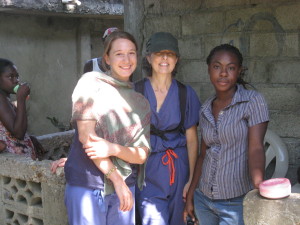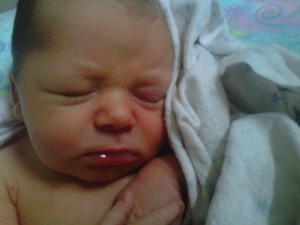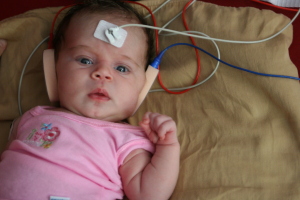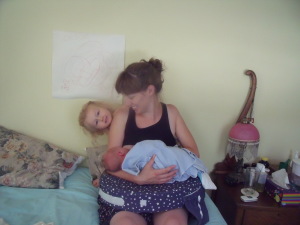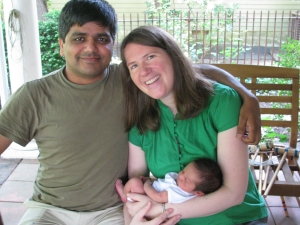I had the pleasure of being at Anjali Dyen's first birthday party today with Itzela. In reflecting on parents Madhavi and Jeremy's journey to birthing their daughter and my experience at their labor I realized I never posted the links to their accounts of the birth on their very comprehensive and enviable blog about their life with Anjali. So I wanted to share the links to their stories here so folks could check it out: Anjali's birth as told by her mama
Anjali's birth as told by her papa
and also share a bit about my personal experience as Madhavi gave birth to Anjali as it related to my own experience of labor and birth.
As most if not all of folks reading this blog know, I ended up having to have a medically necessary C-section with Itzela due to her having an unusually short cord that prevented her from being born safely vaginally after several days of labor. As one might imagine, this was especially challenging for me having been to hundreds and hundreds of homebirths and then to not get to feel my little one move down through the birth canal into my awaiting arms. I was so excited about pushing my baby out and truly mourned not having that experience (amongst many other things related to the C-section experience).However, I was also so profoundly grateful that Itzela and I were both safe throughout the whole experience and so thankful to live in a place where we have access to the best of both worlds in terms of hands-off, holistic midwifery care and high-tech, high-risk obstetric care.
When Madhavi was pushing at the end of her lovely Hypnobabies labor she was very connected and drawn to me, both physically and spiritually. As we made our way down the hallway towards the shower (which as you'll read in their stories we never made it in to the shower!) Madhavi's full moon belly was pressed tightly against my own stomach and chest. As each birthing wave came rolling through her body and Madhavi pushed, I could feel the baby moving down almost as if she was inside of me too! And then with the final wave before the head was born I felt the little one push off with her feet from the top of the uterus to help propel herself into life on the outside of the womb. It was quite a profound and moving moment for me as I realized that it was the closest thing I was going to experience to that last part of labor and birth while Itzela was still a little baby. You see the spring before I had taken a training in Cranialsacral Therapy for Newborns and Infants and the teacher, Carol Gray, had taught the midwives in the course in great detail about the efforts babies make in-utero to help themselves be born and we did exercises with little newborns recreating their birthing journeys in our arms to work through their births and saw those pushing efforts. For most of us the specifics of the baby pushing off the wall of the uterus to help move down through the birth canal was new fascinating information and really memorable, so it was amazing both as a midwife and a mama who had given birth by C-section to experience those sensations in that moment with Madhavi and Anjali. It was truly a gift and an important step in my healing from my birth experience.
Madhavi was standing leaning on me when the baby was born. I swear I even felt the sensation of the placenta started to detach as the baby was born from being belly to belly with the birthing mama, so I wasn't surprised when Meredith, who along with papa Jeremy had lovingly received the baby on the floor below us, let me know their was a separation gush immediately after the baby was born and the placenta was coming. It was wild to feel that from the bodily perspective of the mama but to know what was going on physically, both because I'm a midwife and I wasn't in laborland!
I recognized that something special had just happened to/within me and tucked that feeling away for the moment and worked hard to stay present as Madhavi's midwife for the next bit of time. Once we had tucked the sweet family in to their bed, I whispered to Meredith I needed to go downstairs for a few minutes. Itzela was just under 6 months old when Anjali was born and was in the house with me during the birth. It was the day after a huge blizzard last winter so Martin and Itzela both came so I could nurse since it would have been very hard for Martin to get back and forth with the baby in such weather. I went downstairs and shared the significance of the experience I had just had with Martin and held Itzela tight and had a healing, happy cry with my own family before going back to tend to the new family upstairs. I could tell that experiencing those sensations with Madhavi and Anjali was going to help me move forward in my healing journey.
We just never know what gifts we will be given in this work and I was reminded of that today being with this lovely family a year later! Thank you to Madhavi, Jeremy and Anjali for that blessing! Happy Birthday Anjali! Happy celebration of your Giving Birth Day to Madhavi and Jeremy!
